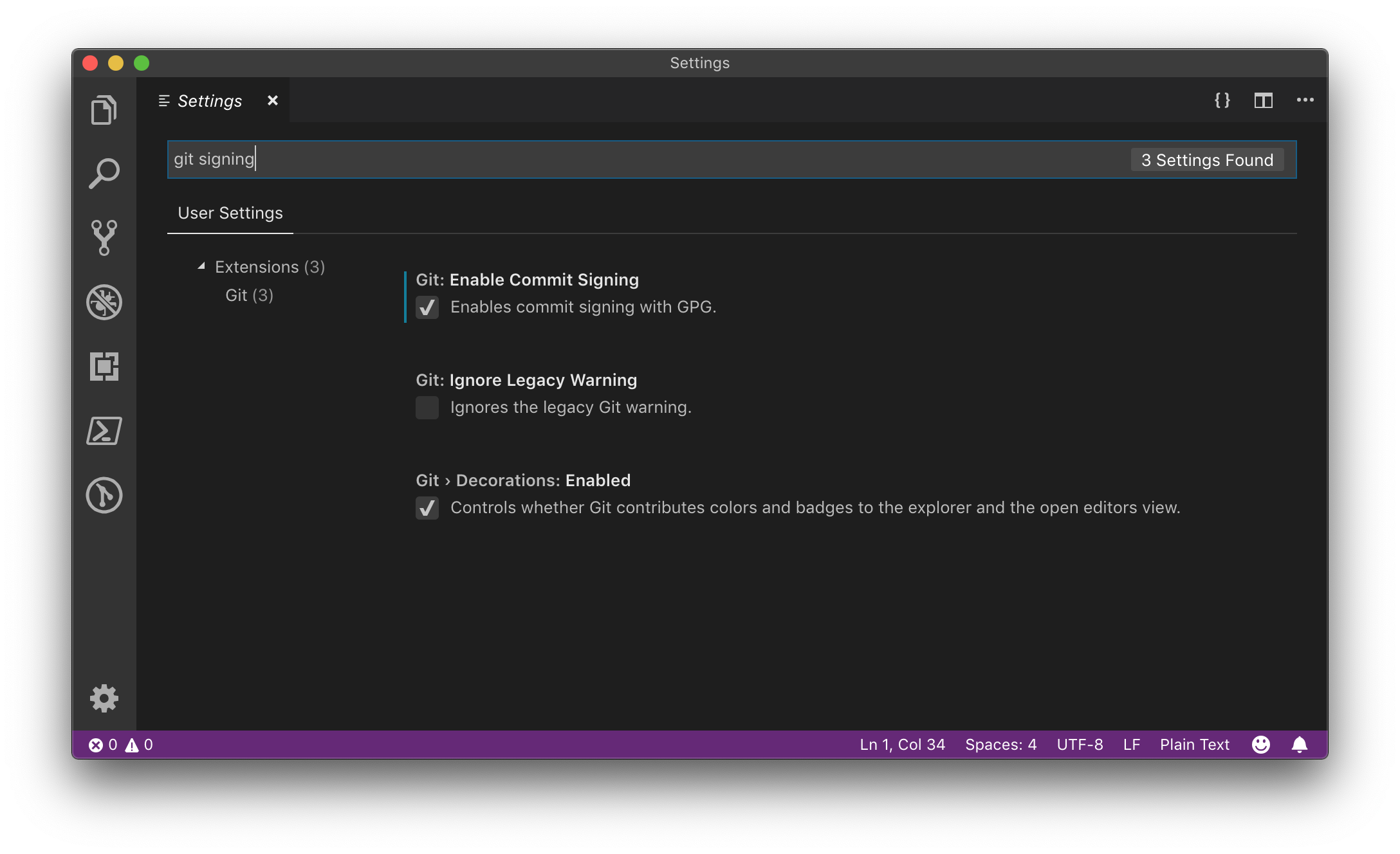

To stage (or index) uncommitted changes, select the file, enter the comment, and click "Stage." To see the uncommitted changes and files, go to Team Explorer and click "Changes." Make changes to the branch in files and perform another git operation. It will clone the repository and download all the commits and branches in the local copy of the repository. Enter the repository path, then click on the "Clone" button. Click on the plug icon and select the repository. Go to team explorer there is a plug icon on the top. To get the code from the git remote repository, we clone the git repository and initialize a local repository. It will create a new Git repository and open a "Publish view" to push the code to the remote Git repository. Go to Team Explorer and click on the "Publish" button in the bottom. We can also create a repository from an existing solution. The new repository can be created while creating a new solution in VS, simply by selecting "Create new Git repository." Create a RepositoryĪ git repository, also called a repo, is a folder on the git which is used to keep and track project files and changes.
Visual Studio 13 update 1 has great support with git. We can perform most of the source control operations on git from Visual Studio directly. Microsoft Visual Studio has a Git client built-in directly into the IDE.

Here is the list of all the git operations. Git has a set of commands and git cmd is used to perform git operations, like create a repository in git, create a local copy of the repository, create branches, add files, commit the changes, push the changes to a remote repository, and many more. Git is mainly used for source code management in software development, where we keep source code in the git repository/directory/branch and it gives centralized access to the team. Git is an open source version control system which keeps the source code and tracks the changes in it.


 0 kommentar(er)
0 kommentar(er)
